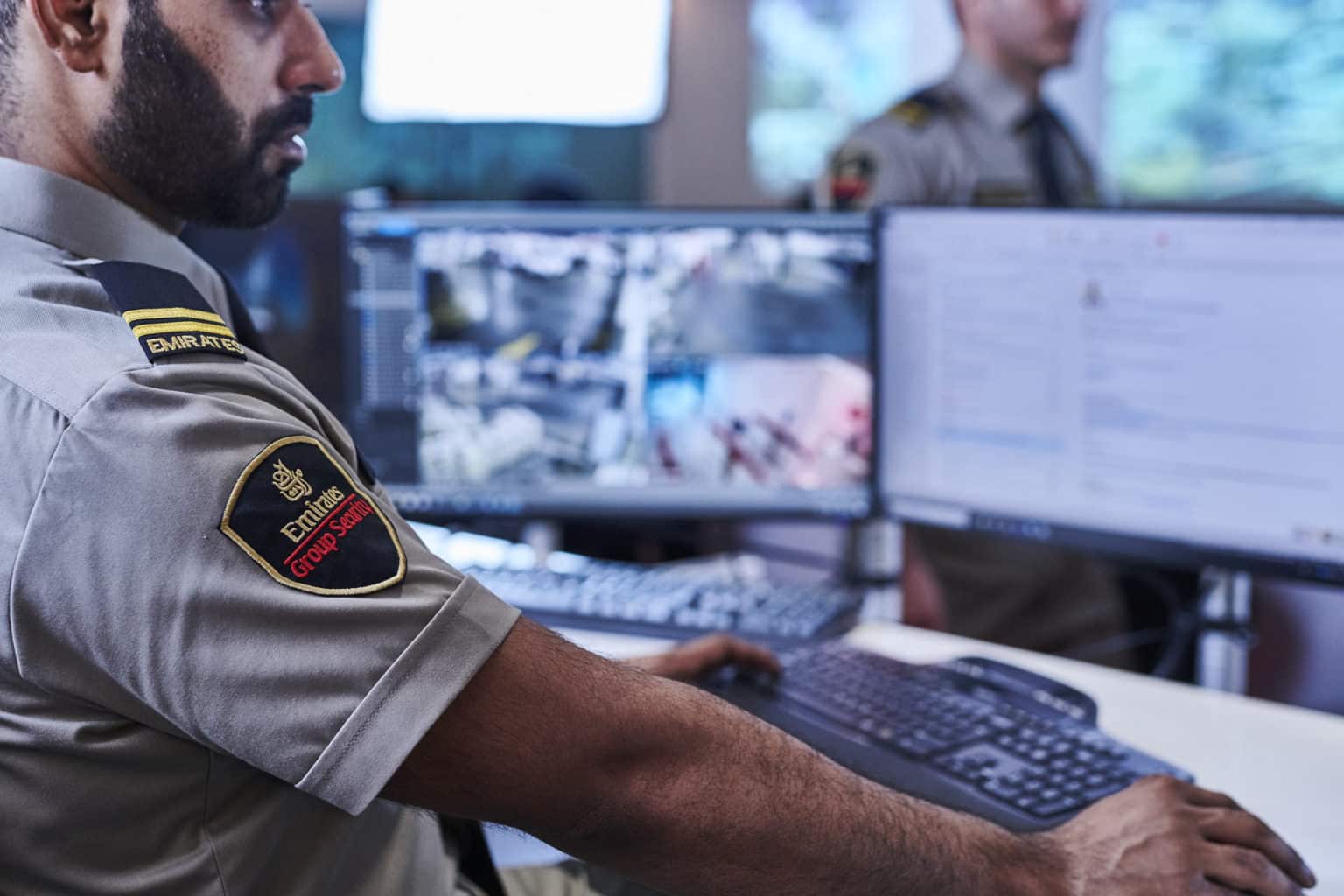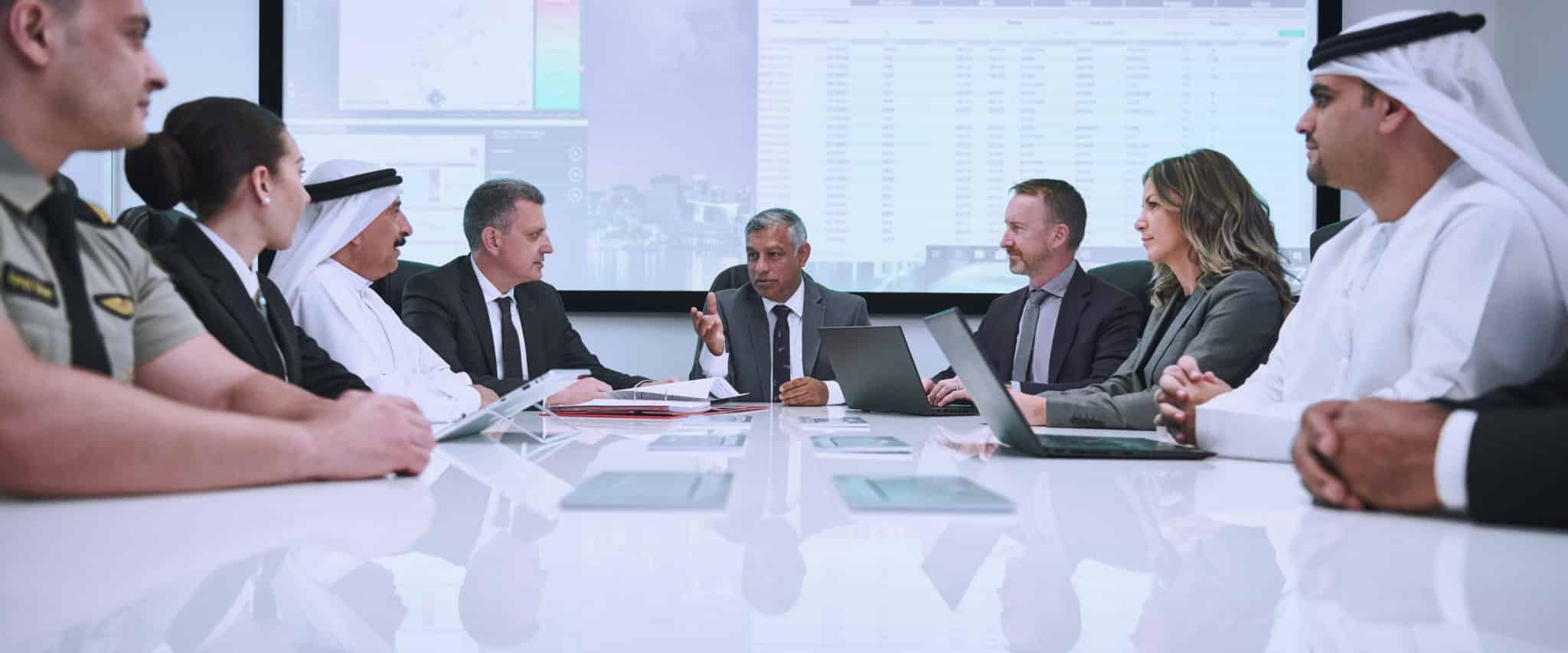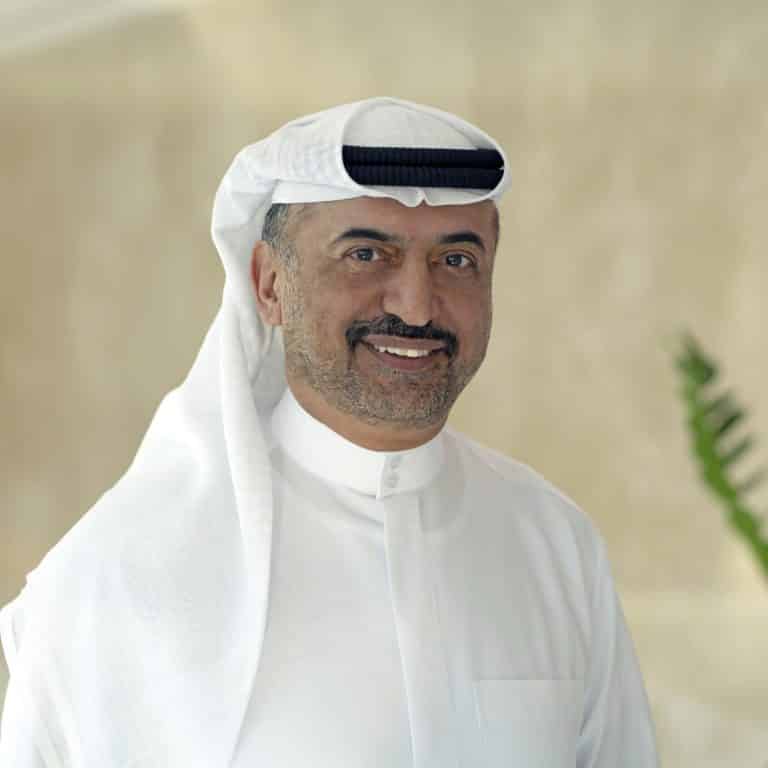ISJ Exclusive: Taking the right approach to aviation security


James Thorpe
Share this content
AVSEC is a business enabler in aviation through the implementation of quality management, writes Dr Abdulla Al Hashimi, Divisional Senior Vice President, Emirates Security Group.
It is an undeniable fact that the emergence and advancement of technology has drastically disrupted many conventional businesses globally and continues to threaten organisations that are unwilling to embrace change.
The aviation industry is no exception and neither is aviation security; it is susceptible to these externalities. It must continually adapt to the uncertainty of the business environment to maintain a robust, efficient, effective and sustainable business.
The aviation security industry is constantly changing, with new regulations, technologies and controls. It’s the management of the security function to ensure the business profitability which is the challenge. The security professional must be armed with an arsenal of knowledge to ensure a good security regime which balances this with facilitation.
It needs to be highlighted here that the aviation security has become an integral, fundamental and indispensable component of the aviation industry. The threats to the aviation industry have also changed.
If the threats have changed, then so has the management of these threats. It is no longer adequate to rely just on x-rays to screen cargo and assume that security has been enforced.
Technical vs. tactical
It needs to be recognised that aviation security in particular now has to be technical as well as tactical. Yet, security cost must not over-burden the industry, which has enough financial concerns as it is. Technology and strategy therefore plays an ever-increasing role in security to make it all happen; the security manager needs an arsenal of knowledge.
This is where leaders in security need to embark on the ‘tactical approach’ rather than just focussing on investment on technology. The tactical approach is one that looks at thought innovation.
The aviation security has become an integral, fundamental and indispensable component of the aviation industry.
To simplify things, I will deal in this article the main items that in my view would be the pillars of the quality management drive. To begin with, my view on ‘quality’ is about being consistent. However, while being consistent, we shall not allow ourselves to remain in a staid form but will need to add the element of continuous improvement to ensure relevancy and to be ‘ahead of the game’.
For simplicity again, I have broken these pillars into three main items that would need to be embraced. It needs to be mentioned here that the items below shall not be viewed and worked individually, but the three are well intertwined:
- Developing the culture of measurement – this is in congruent with the maxim, “something that is not measured is not managed”. This will involve data collation and accordingly analyse to assist the management to make a data driven decision making process
- Setting up goals – develop KPIs (key performance index); short and medium term goals from the data collected
- Continuous improvement process – from the first two points above, we would be in the position to measure the improvement made. In this area, it can be seen how standard operating procedures and operation manuals, development of KPI’s, employee participation and continuous reviews have assisted organisations to achieve consistency and continuous improvement. This will ensure relevancy of processes and measures in the face of ever-changing business

Developing the culture of measurement
In this regard, I would suggest that we do not need to reinvent the wheel. One approach is to subscribe and participate in an established business excellence model or award. In my organisation, and in Dubai, we are fortunate to have existing business excellence programs that we could consider. Here, we adopted the criterions promulgated by Dubai Quality Awards (DQA) and tweaked and made the criterions to be applicable to the security industry (which traces its origin from the manufacturing and service sectors).
This will open a new perspective for the security sector and may even usher a paradigm shift in thinking i.e. from a regulatory requirement driven sector to a proactive and self-assessing organisation which is essential for continual improvement.
It would shift the thought from reactionary, to one of being proactive and focused on the improvement process; the journey for excellence and improvement activities is a never ending one. Here, detailed data and also examples will be obtained from the journey undertaken by Emirates Group Security for DQA.
The Dubai Quality Award, initiated in 1994, is based on the Excellence Model used by the European Foundation for Quality Management (EFQM).
The Dubai Quality Award, initiated in 1994, is based on the Excellence Model used by the European Foundation for Quality Management (EFQM). The latter has been successfully applied in European private and public sector organisations since 1992. This model provides a holistic framework for organisational excellence. All nine criteria work as one complete system and, as such, any deficiency in one area will affect the score in other areas.
Setting up goals
These are the main achievements that the organisation wish to accomplish and should be reviewed and measured periodically and annually through different activities such as meetings, MPRs (monthly performance reports) and MRMs (management review meetings). Goals are discussed individually with heads of departments and senior management annually and need to be mutually agreed. The goals are set in line with:
- The Quality System that the organisation subscribes to (in our case, the DQA criterions). Participating or subscribing to an award like DQA is recommended as it allows the organisation to streamline its efforts and gives the staff something to look forward to
- The goals must be made on the SMART philosophy – specific, measurable, achievable, realistic and time-bound. This will allow for monitoring and objective reviews to be carried out. The system must be able to incorporate new objectives that may be thrusted into relevance due to operational requirements. By and large, goals are set on the following three broad guidelines: Product excellence – ensuring that the product and service is of good standard/quality; customer intimacy – knowing the requirements of the customers and the business (data collection and feedback from the business will be crucial here); operational efficiency – this is crucial to the organisation as it also addresses the aspect of financial management
Subscribing to industry standards such as ISO, TAPA etc help to achieve the right momentum and culture. The mindset of the operational team will need to change regarding audits and auditors. They must be able to accept these as one of the means to assist the organisation to do a “health” check on the organisation and also seek the auditors to offer observation or recommendation. This must however be made very clear from the onset at the opening of the audit meeting.
Continuous improvement
The most effective way to achieve continuous improvement is by engaging the people in the organisation who are responsible and carry out day-to-day processes and procedures. There are many ways to promote staff participation to effectively contribute to making change and improvement. There are several management tools that could be embraced here by the organisation. To name a few they could be: QCC (Quality Control Circle); PDCA (Plan, Do, Act, Check); Lean six sigma.
The tools adopted may be tweaked to suit the organisation. In the case of ours, the QCC has been incorporated into the quality management system; this is mainly due to its simplicity to be carried out. Staff may get together to form a team to look into a project or even solve a problem.
The team could be registered with the centrally managed quality management tracking system and the necessary support in terms of time and finance shall be accordingly by the management. If the project or proposal is accepted, the staff will be recognised in the following ways: Financial reward for the staff/team according to the impact on business; the project and the team/staff will be featured in the monthly internal newsletter known as the “Security Times”
As an industry, aviation security professionals and leaders must recognise the need to fully understand the creation of value to stakeholders through the use of total quality management that has been discussed. This would create an aperture in understanding the management frameworks used by other successful organisations to improve aspects of customer service, operations, innovation and continuous learning and improvement.
The model that been mentioned in this article does not deny that the system has parts, but it focuses on the whole – where the whole is larger than the sum of its parts. The model that is mentioned here is designed to be non-prescriptive to acknowledge the fact that there may be more than one approach for achieving excellence.

To find out more information, visit: https://www.emiratesgroupsecurity.com/index.html
This article was originally published in the July edition of International Security Journal. To read your FREE digital copy, click here.



